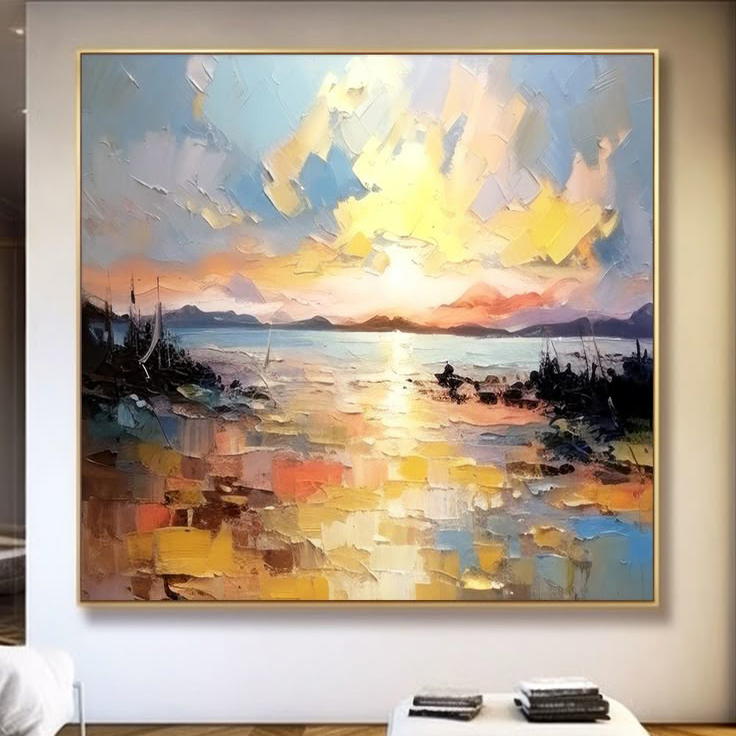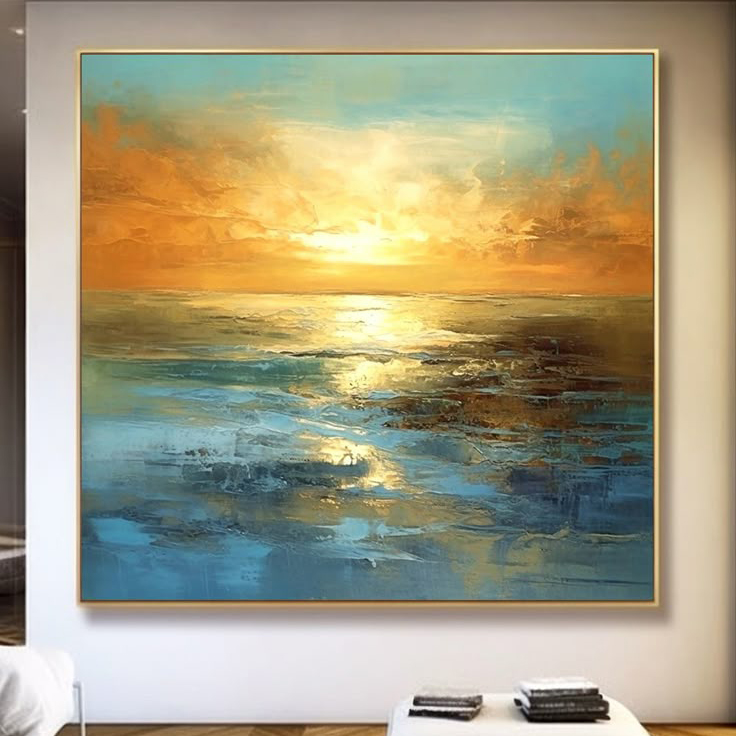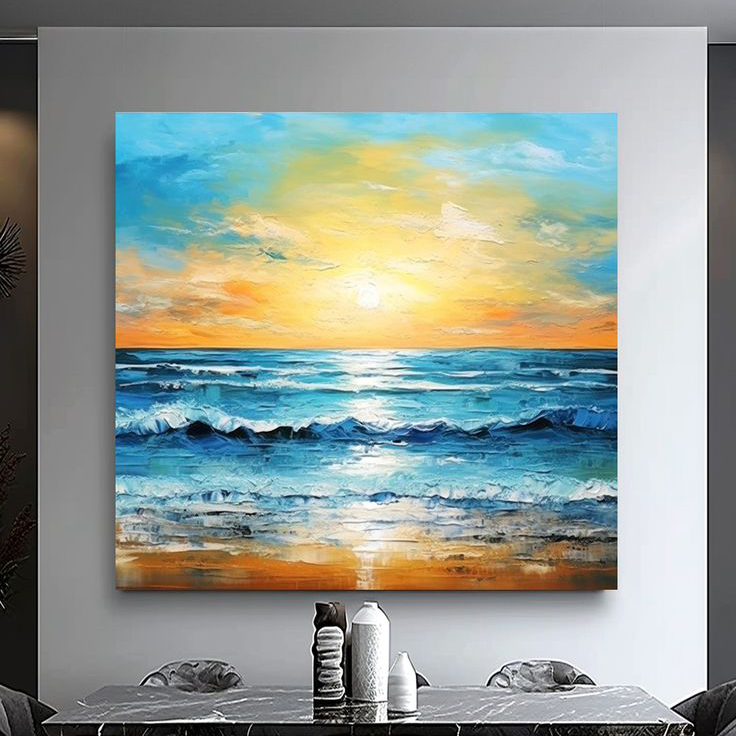Ever walked through a once-abandoned neighborhood, only to find it buzzing with color, creativity, and culture? There’s a good chance a contemporary art gallery helped spark that transformation. These artistic hubs are becoming key players in breathing life back into neglected city areas. But how exactly do they do it?

Urban renewal is like giving a tired old book a fresh cover and new chapters. It’s the process of revitalizing city spaces—repairing buildings, upgrading infrastructure, and reigniting community spirit.
Cities grow, evolve, and sometimes… fall apart. Economic downturns, shifting populations, and neglect can leave parts of cities worn down. Urban renewal isn’t just about concrete and steel—it’s about reawakening energy and belonging. This is where art plays a subtle yet powerful role.
Gone are the days when galleries were only for the elite. Today’s contemporary art gallery is open, experimental, and often located right in the heart of transitional neighborhoods.
Modern galleries don’t just showcase art; they interact with their environment. They become part of the community’s rhythm—hosting events, supporting local causes, and offering inclusive programs.
Imagine a blank city wall. Now picture it covered with a bold mural reflecting the soul of its people. Art has the magical ability to connect individuals with their environment. Curated art collections often celebrate local heroes, stories, and struggles, building a sense of identity and pride.
Art spaces foster conversations, break cultural barriers, and give marginalized voices a platform. This kind of inclusion strengthens community bonds and makes neighborhoods feel like home again.

Art isn’t just for the eyes—it boosts wallets too. When galleries pop up, cafes, boutiques, and even hotels follow. Suddenly, that forgotten corner becomes a destination.
Galleries create direct jobs for curators, artists, and event organizers. Indirectly, they support an ecosystem—print shops, caterers, transport providers, you name it.
A modern art collection displayed in a fresh urban setting becomes a magnet for travelers. Tourists want more than landmarks—they crave experiences, and galleries offer just that.
Whether it’s a weekend painting class or an after-school art club, galleries often step up as informal educators, creating safe, inspiring spaces for learning.
Many galleries actively promote diversity in their art gallery exhibitions, reflecting a city’s multicultural heartbeat and ensuring everyone sees themselves represented.
Galleries spill into the streets with pop-up exhibits, sculptures, and murals. These installations turn the everyday sidewalk into a walkable fine art collection.
Some private art galleries transform abandoned factories or warehouses into vibrant, cultural sanctuaries—restoring architecture while giving it a new purpose.
Think of the famous art collections in cities like Berlin, London, or New York. These art-driven rejuvenations offer blueprints for other urban transformations.
Galleries tackling issues like climate change or racial justice contribute to broader social awareness and civic involvement.
Thanks to the digital boom, platforms like art collection online have opened the gallery doors to anyone with a Wi-Fi connection. Now, your favorite painting could be just a click away.
Galleries now blend physical and digital experiences—think virtual tours, online auctions, or artist Q&As streamed globally.
Unlike institutional museums, private art galleries can experiment more freely—taking on bold artists and unconventional themes that resonate with niche audiences.
These spaces often become incubators for emerging voices, especially in underrepresented communities.
Through thoughtfully curated art gallery exhibitions, cities tell their stories—raw, honest, and unfiltered.
By changing displays regularly, galleries remain in tune with the cultural moment, keeping audiences engaged and returning for more.
A self-guided art gallery collection tour lets visitors explore art while discovering hidden corners of the city. It’s art plus adventure.
Galleries often team up with local cafes, bookstores, and artists to create a holistic cultural journey.
Art can sometimes push rent prices up. Striking a balance between urban beautification and displacement is a tightrope walk galleries must navigate.
Without public support, many galleries struggle to stay afloat. Accessibility—both in terms of cost and content—is crucial to maintaining inclusive spaces.

Contemporary art galleries are more than walls and frames—they're urban storytellers, economy boosters, and community builders. As cities evolve, these spaces help shape identity, foster inclusion, and drive cultural and economic renewal. The next time you pass a gallery tucked into a city block, remember: it might just be the heart pumping new life into its surroundings.
1. How do art galleries help with urban renewal?
They spark economic activity, beautify neighborhoods, promote local culture, and foster community involvement.
2. Can contemporary art galleries reduce crime rates?
Yes. Active community spaces with art initiatives often contribute to lower crime by increasing public engagement and presence.
3. Are private art galleries open to the public?
Most are! They may be privately funded, but they typically welcome visitors and often host public events.
4. What's the difference between a traditional and contemporary gallery?
Traditional galleries focus on classic, historic works, while contemporary galleries highlight modern and often experimental art.
5. How can I explore a city’s art collection without visiting in person?
Check out art collection online platforms for virtual tours and digital exhibitions.
Message:
Minh Anh Art Gallery – Your destination for handcrafted art in the heart of Saigon. Visit us at 101 Bui Vien St, District 1, Ho Chi Minh City or browse the Collection online. For inquiries, call (+84) 962 720 484 or email minhanhart.vn@gmail.com. Let art inspire your space.